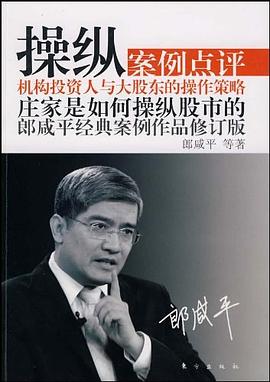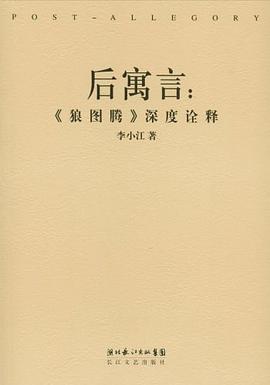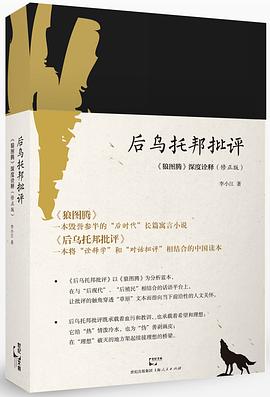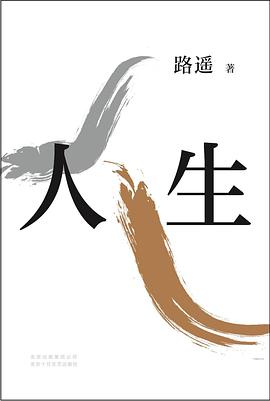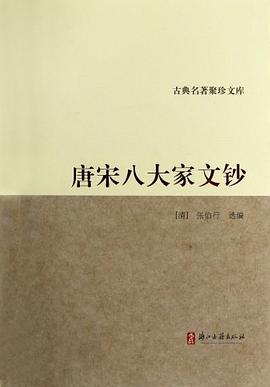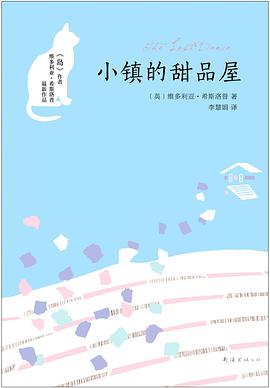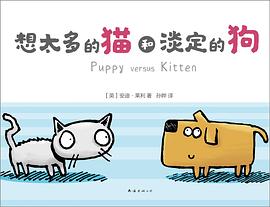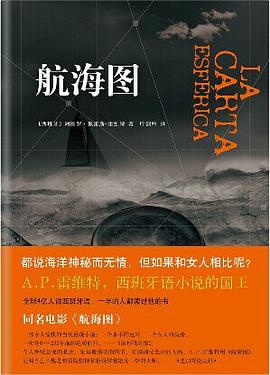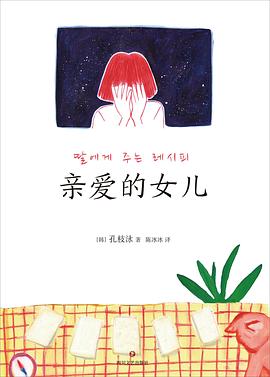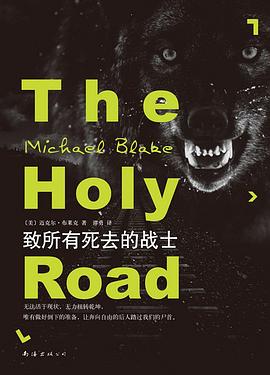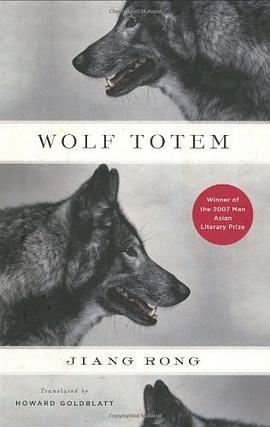

具体描述
An epic Chinese tale in the vein of The Last Emperor, Wolf Totem depicts the dying culture of the Mongols-the ancestors of the Mongol hordes who at one time terrorized the world-and the parallel extinction of the animal they believe to be sacred: the fierce and otherworldly Mongolian wolf
Published under a pen name, Wolf Totem was a phenomenon in China, breaking all sales records there and earning the distinction of being the second most read book after Mao's little red book. There has been much international excitement too-to date, rights have been sold in thirteen countries. Wolf Totem is set in 1960s China-the time of the Great Leap Forward, on the eve of the Cultural Revolution.
Searching for spirituality, Beijing intellectual Chen Zhen travels to the pristine grasslands of Inner Mongolia to live among the nomadic Mongols-a proud, brave, and ancient race of people who coexist in perfect harmony with their unspeakably beautiful but cruel natural surroundings. Their philosophy of maintaining a balance with nature is the ground stone of their religion, a kind of cult of the wolf.
The fierce wolves that haunt the steppes of the unforgiving grassland searching for food are locked with the nomads in a profoundly spiritual battle for survival-a life-and-death dance that has gone on between them for thousands of years. The Mongols believe that the wolf is a great and worthy foe that they are divinely instructed to contend with, but also to worship and to learn from. Chen's own encounters with the otherworldly wolves awake a latent primitive instinct in him, and his fascination with them blossoms into obsession, then reverence.
After many years, the peace is shattered with the arrival of Chen's kinfolk, Han Chinese, sent from the cities to bring modernity to the grasslands. They immediately launch a campaign to exterminate the wolves, sending the balance that has been maintained with religious dedication for thousands of years into a spiral leading to extinction-first the wolves, then the Mongol culture, finally the land. As a result of the eradication of the wolves, rats become a plague and wild sheep graze until the meadows turn to dust. Mongolian dust storms glide over Beijing, sometimes blocking out the moon.
Part period epic, part fable for modern days, Wolf Totem is a stinging social commentary on the dangers of China's overaccelerated economic growth as well as a fascinating immersion into the heart of Chinese culture.
作者简介
姜戎,生于1946年,北京人。北京某大学研究人员。主业为政治经济学,偏重政治学方面。
作者1967年自愿赴内蒙古额仑草原插队。1978年返城。1979年考入社科院研究生院。 其作品《狼图腾》1971年起腹稿于内蒙古锡盟东乌珠穆沁草原。1997年初稿于北京。2003年岁末定稿于北京。2004年4月出版。
目录信息
读后感
非常好的题材与非常独特的角度,本来可以写出一部伟大的作品,可惜被作者低一个档次的写作技巧与过多的感慨毁了。 以第三人称的口吻借以抒发作者大段大段的感想,在小说中也显得无比突兀,让人怀疑,这是小说呢?还是论文?毫无疑问作者想提出伟大的观点,最后那个莫名...
评分原本以为自己根本就不会看这本书,让它静静躺在书店的一角和我没有任何关系。没想到他对这本书感兴趣,于是我也做了读这本书的尝试。 不知不觉中,竟从晦涩变成了涓涓流畅,从坚持变成了依恋。一路上,狼身的皮毛和温度似乎都围在我的四周,让我感到阵阵温暖。书给我的...
评分我指的是《狼图腾》这本书胡说,早就想说道两句,但前一段此书太火了,怕有炒作跟风之嫌,所以留到现在。 姜戎是实在是觉得大众的认知能力有限,七拼八凑起来一个四不像。从书名就知道他的知识结构,狼+图腾这种硬来的汉字组合也只能体现无知者无畏的精神。中国人历来讲究“...
评分铁木真狼性远胜希特勒 深批<狼图腾> 不妨这样对比 希特勒的理论雅力安是高等种族,是犹太,斯拉夫等种 族是劣种。二 战最严重受害者是犹太人,应该说被奴役和屠杀的都有。如果 时间在长,的确会被灭绝。而纳粹对其他民族和国家是征服和奴役成份多。 铁木真的指导方针可以...
评分就我个人来说,虽然我对儒家学说一直抱有不小的好感和兴趣,但对于批判儒家的文章,也能心平气和地阅读。我同时还是对什么“国民性”一向嗤之以鼻的民族主义者,但是看到鲁迅谈论劣根性的文章也不会气得跳脚。只要是言论有其可取之处,逻辑上能够自洽,即便与我观点相左也无妨...
用户评价
我打算把这本书推荐给我未来的孩子看.受益非浅
评分翻译得比较粗糙
评分我打算把这本书推荐给我未来的孩子看.受益非浅
评分英语看得震撼,实用,感人
评分我打算把这本书推荐给我未来的孩子看.受益非浅
相关图书
本站所有内容均为互联网搜索引擎提供的公开搜索信息,本站不存储任何数据与内容,任何内容与数据均与本站无关,如有需要请联系相关搜索引擎包括但不限于百度,google,bing,sogou 等
© 2025 book.quotespace.org All Rights Reserved. 小美书屋 版权所有


